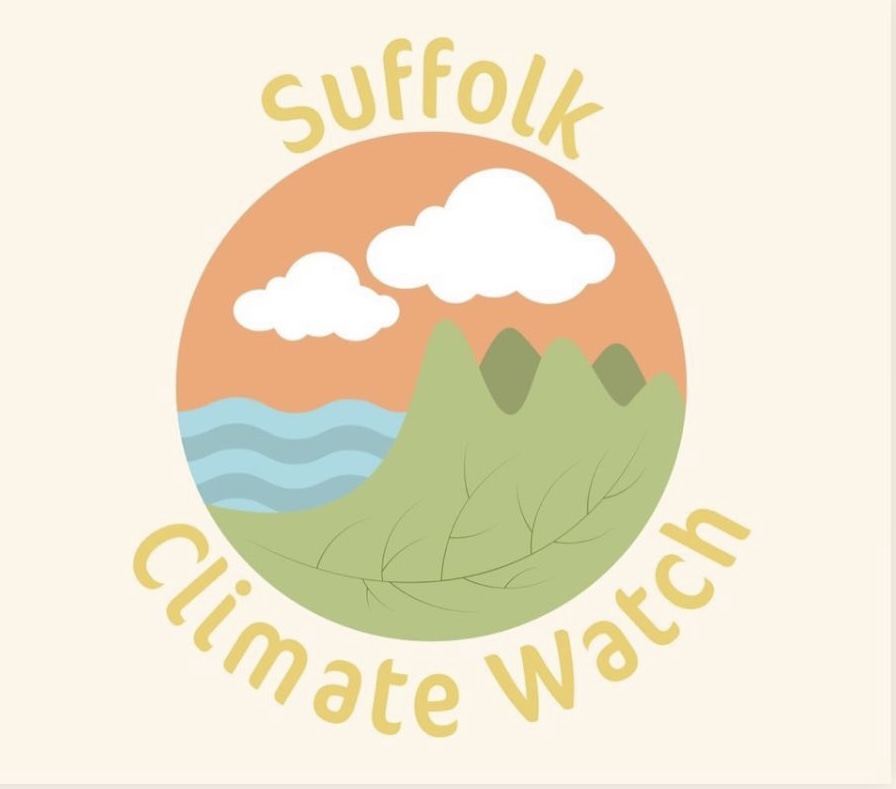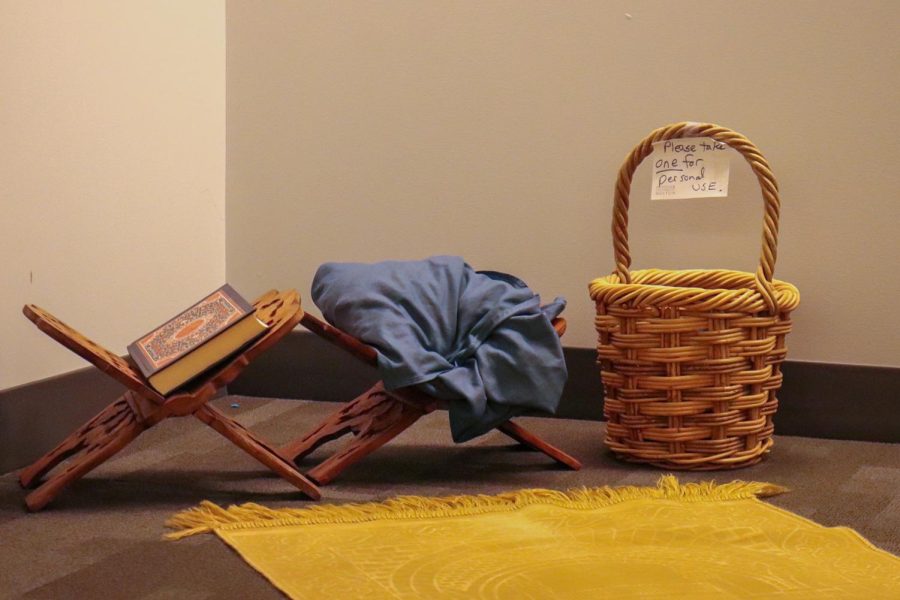The spring allergy season is beginning earlier and lasting longer due to climate change, and regions in North America have been linked to this new finding, according to a report released by Climate Central.
The report revealed more than 200 areas in North America have had the length of the spring season increase by 82% within the past 50 years. According to UPI, 38 of these areas had the season extended by at least four weeks.
Texas and the Midwest are home to the largest season increases, according to Science Friday.
Hayley Schiebel, an assistant professor for Suffolk University’s Center for Urban Ecology and Sustainability, said climate change itself is prompting plants to begin producing pollen at earlier times.
“We are seeing trends in earlier growing seasons from warmer temperature, so an earlier pollen season tracks,” Schiebel said.
According to CBS58, allergies can lead to many consequences. Health issues such as asthma can become more intense, and the body’s defense against viruses can be weakened.
This new research can mean longer exposure to airborne allergies for those in Canada and the U.S. for longer periods of time, according to UPI. In America, more than 25 million currently people have spring allergies.
Vulnerable populations and communities exposed to the extended pollen season can be more susceptible to potential consequences. According to Radio.com, asthma is more common in low-income areas, which can cause severe respiratory issues.
Scientists looked at data from 1990 to 2018 in North America and found pollen seasons were beginning 20 days later and lasting eight days longer, according to CBS58. Annual temperatures were the likely reason for this change.
According to Radio.com, pollen production is linked to carbon dioxide rates. Researchers say removing carbon from the air is a way to decrease pollen concentrations.
“The solution is reducing atmospheric temperatures, which then requires a shift from fossil technology to low-carbon fuel sources,” Schiebel said.











